Lenovo K6 Power detailed review
The budget segment has always been fiercely competitive, and massively overcrowded. The Lenovo K6 Power is somewhat late to the party, but it may have a better shot at the competition than the company’s earlier phones. In our reviews, we found the Xiaomi Redmi 3s and Redmi Note 3 to be well ahead of Lenovo’s Vibe K5 and K5 Plus. The K6 Power is an upgrade from those. But is that enough to qualify as the best budget phone? Let’s find out.
Build and Design
As far as design is concerned, this seems like a vox populi approach at the moment. The Lenovo K6 Power has the same design as the Xiaomi Redmi Note 3 or the Meizu M3 Note etc. In fact, given its smaller footprint, it’s pretty much a replica of the Meizu M3s or Xiaomi Redmi 3s Prime. Imagine the same designs, with different camera placement and you have hit the K6 Power’s design spot on.
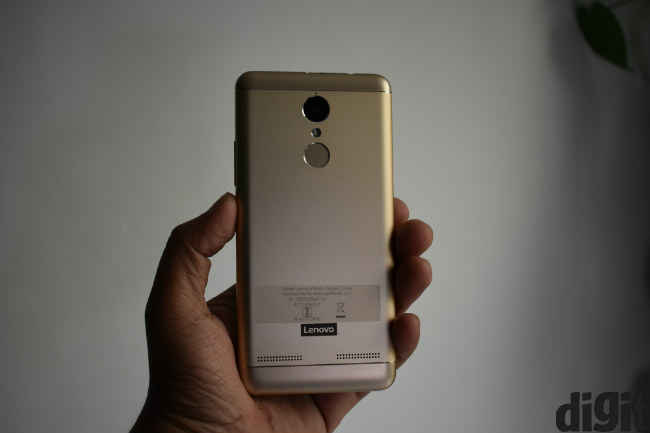
In terms of design or even build quality, the K6 Power brings absolutely nothing new. It has a metal back, the camera module and fingerprint scanner have the same central location and there are no-onscreen navigation keys. There are subtle changes to the power and volume keys, and speaker placement, but that’s about it. You would be forgiven for mistaking this for literally any other budget phone in the market today.
That, however, means that like those other phones, the K6 Power is also well built and ergonomic, and can withstand a knock or two (we dropped the phone once). The smaller footprint and the rounded edges make it comfortable to hold. Perhaps 2.5D glass on top would have added to the design.
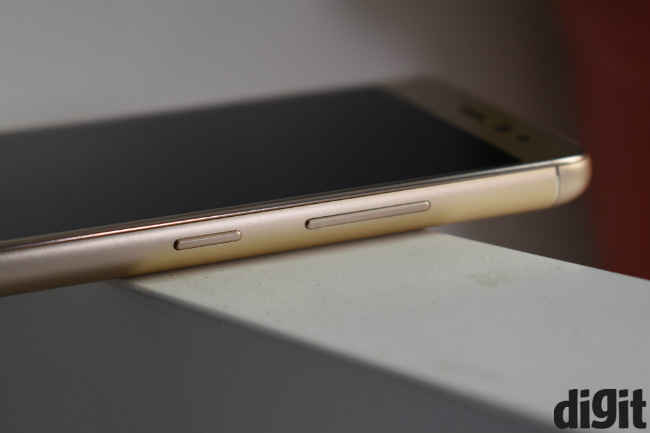
Display and UI
The Lenovo K6 Power is equipped with a 1080p panel. That’s an upgrade to the usual specs, since 5-inch panels are often limited to 720p resolution. Phones like the Xiaomi Redmi Note 3, have 5.5-inch 1080p panels.
The ppi count lies at 441ppi. While resolution is indeed better than most budget phones, the contrast ratios and colour saturation of the 720p panel on the Redmi 3S Prime are better. The display on the Redmi is also warmer, which looks pleasant.

Unlike Meizu, Xiaomi or other Chinese vendors, the K6 Power offers an app drawer. There are not a lot of preinstalled applications and the UI itself feels light. In fact, Vibe UI has been light recently. While we can’t be sure whether Lenovo will eventually bring a completely stock UI, like Motorola, it seems to be headed that way.
That said, there are still certain UI features, which add to overall experience of the phone. You can lock apps and click pictures by touching the fingerprint scanner at the back. For privacy, you also get the secure zone functionality, which sets up a secure instance of the whole phone, locked by password. You can put separate apps and contacts in this zone, but you can share them between instances as well.
Performance
The Lenovo K6 Power with its Qualcomm Snapdragon 430 SoC, Adreno 505 GPU and 3GB of RAM performs very similar to the Xiaomi Redmi 3S Prime. App load times and multitasking performance are better than last generation K-series phones. However, this one is still slower than a 16GB Xiaomi Redmi Note 3. The synthetic benchmarks represent this pretty accurately.
The K6 Power is a hair faster than the Redmi 3s Prime, on benchmarks, but real world performance is more or less the same. It's only when you tax the phone with heavier games such as Asphalt 8, that you find stutters and occasional lags. For a budget phone, it’s quite acceptable, being surpassed only by the Redmi Note 3.
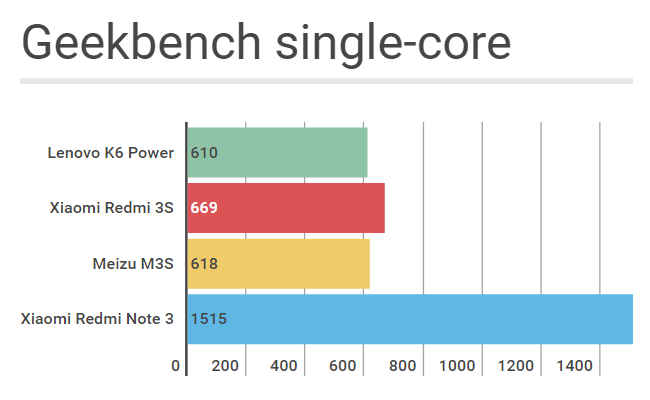
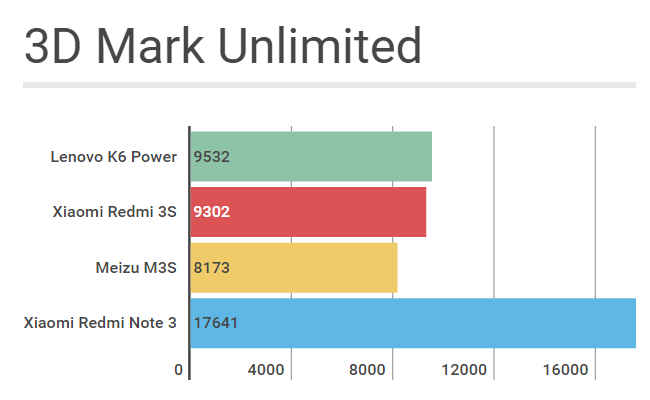
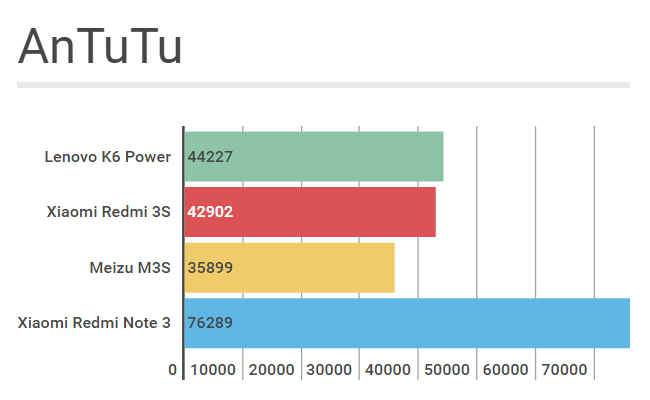
Audio Quality
For music lovers, the audio output of the device is good with headphones, but not very loud without them. You get an equaliser with the Dolby Atmos enhancements, and turning it off lowers the volume a bit. In general, it’s good audio quality for a budget smartphone, and music lover’s will like it, with respect to the asking price.
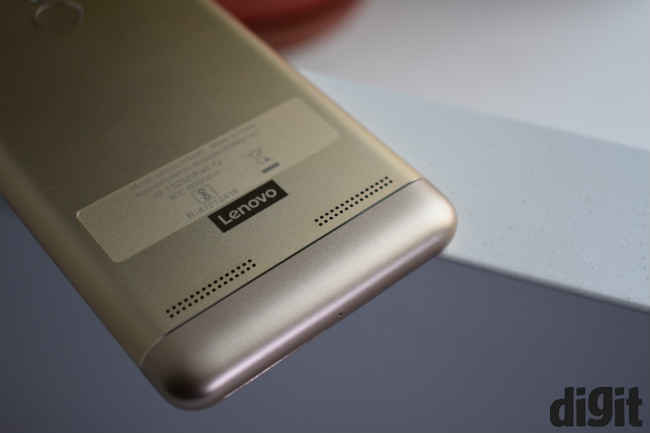
Battery
The K6 Power has a 4000mAh battery, which is an important feature. Lenovo claims about 13-14 hours of battery life, but we got about 12 hours on a single charge. This included music streaming, a lot of youtube, half a dozen calls and some light photography. We also used the phone for 30-minute navigation session and the battery drop was just 5 percent.
The Xiaomi Redmi 3S Prime on other hand manages a good 16 hours. So, the K6 Power isn’t the best for the budget, but just about satisfactory. If you’re not a power user or use the battery saver modes aggressively, the phone will last you a full 24 hours easily.
Camera
The K6 Power shines with its good rear camera. Colour reproduction is good, and it offers better details than most sub-10K phones. Low light image quality on the other hand is average and at par with that of Redmi 3S Prime. Images lose details, exhibiting quite a bit of noise. The only phone, which has a better camera than this is the Redmi Note 3. Our budget comparison using the Lenovo K6 Power should give you a better idea of the camera quality.
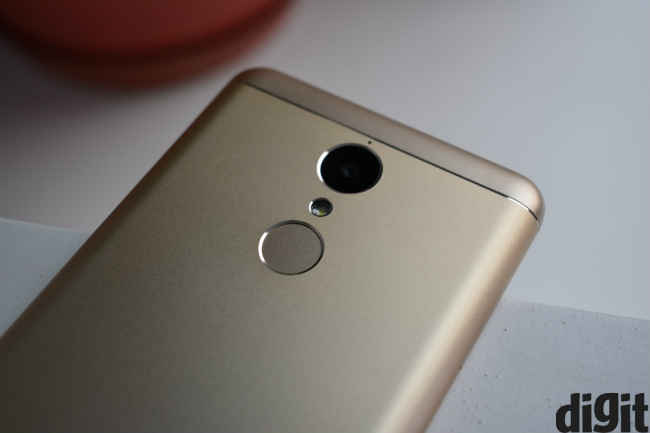
Lenovo has also incorporated a manual mode in the camera app, taken from the Vibe Shot. This makes the camera experience better for photography enthusiasts.
The front facing 8MP camera is also quite good and definitely better than almost every budget phone available today. Images taken are sharp, detailed and boast decent contrast.
View post on imgur.com
Bottomline
Good performance, decent battery, reliable build and good camera, those are the reasons to consider the Lenovo K6 Power. It is a really good budget smartphone. Barring the Xiaomi Redmi Note 3 16GB, there’s no other phone that surpasses the K6 Power in any way. Given that you get an extra gig of RAM with this one and double the storage, this is a very good smartphone to buy.
[ad_2]
Source link

Post a Comment